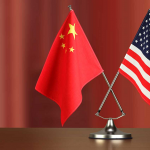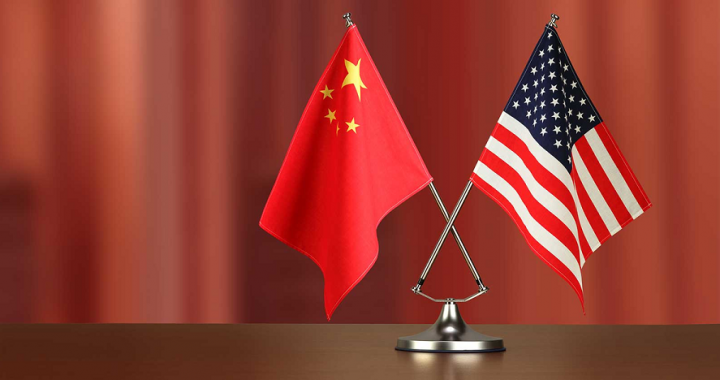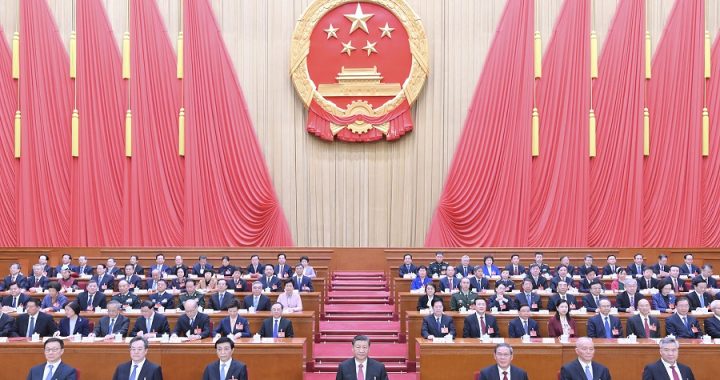Once in a lifetime visit Dujiangyan Irrigation System
- Ramesh Hatuwali
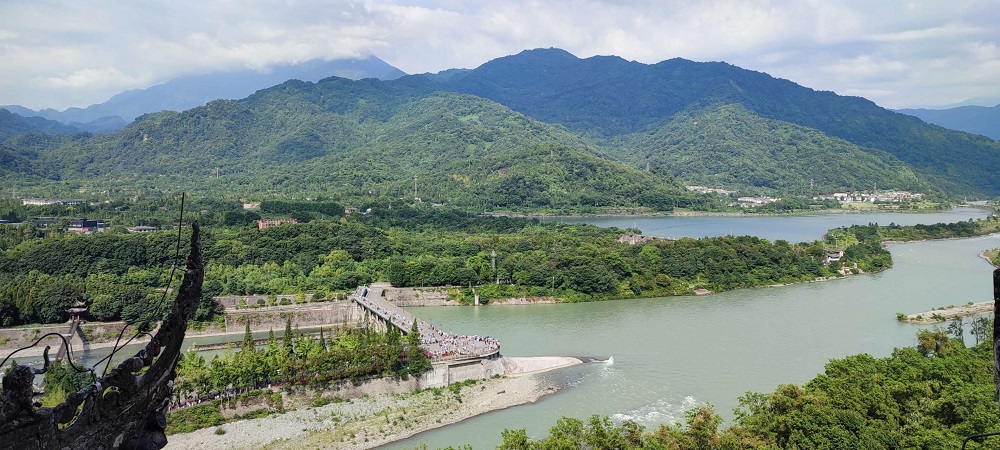
Ramesh Hatuwali/Chengdu, China, 2 Aug 2023 Wednesday/China, Nepal’s northern neighboring countries is the world’s first largest country in terms of population and the third largest country in terms of geography.
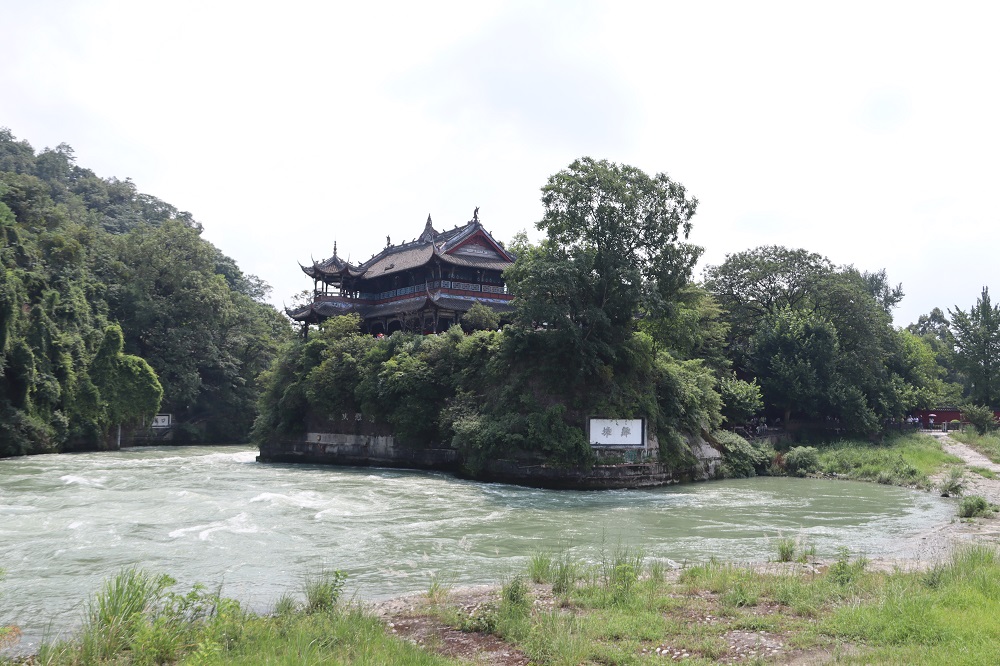
China has a history of 5,000-year-old civilization and embrace of Eastern culture. China, the world’s second-largest economy, is trying to be the first economy. Not only in physical infrastructure construction, agriculture, education, health, science and technology, China is also at the forefront in space science.

China’s new discoveries and research in space are exemplary for the world. Carrying the message of world peace, brotherhood and unity, China wants the neighboring countries to develop along with it. China has been raising the flag of socialism with Chinese characteristics for the prosperity of the Chinese people.

During the period of the last century, China fought against Japanese imperialism and feudalism under the leadership of Chairman Mao Zedong for the liberation of the Chinese people. After the transition to a new China on October 1, 1949, it struggle for many years for the economic prosperity of the people.

China’s development has been growing rapidly since 1979, when Chinese reformist leader Deng Xiaoping launched a historic step to open China’s doors to the world in order to attract foreign investment in China. The Chinese government has paid special attention to the protection of China’s fundamental folk culture and the development of the tourism sector. As a result, today, China stood ranks high in the world in the promotion of internal tourism. Dujiangyan Irrigation area is one of famous tourist areas in the world. The region, which has a history of more than 2,000 years, is conferred in detail here.
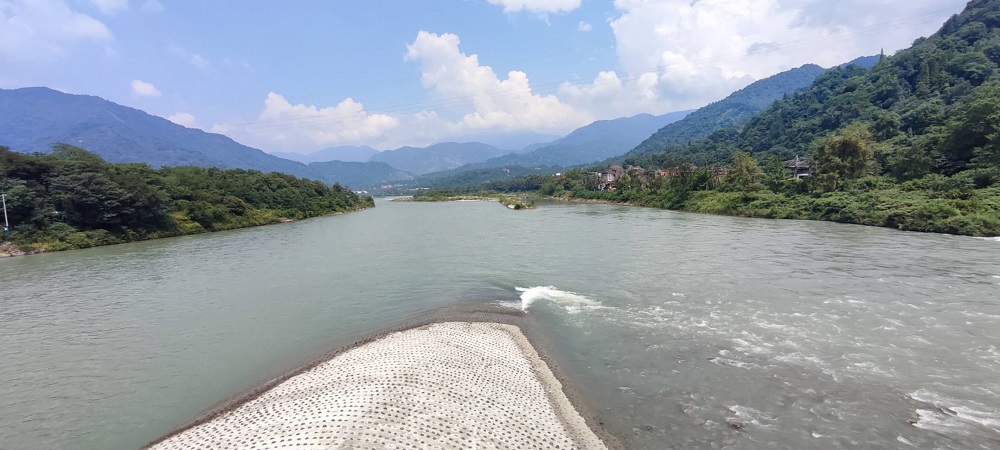
Historical Dujiangyan Irrigation System :
Dujiangyan Irrigation System is honored as the ‘Treasure of Sichuan’, in China. The system has been playing crucial role in draining off floodwater, irrigating farms and providing water resources for more than 50 cities in the Sichuan province.
In China, Chengdu is always praised as the Tian Fu Zhi Guo, which means ‘Nature’s Storehouse’. Over 2,200 years ago, the city was threatened by the frequent floods caused by flooding of the Minjiang River (a tributary of the Yangtze River). Li Bing, a local official of Sichuan Province at that time, together with his son, decided to construct an irrigation system on the Minjiang River to prevent flooding. After a lengthy study and a lot of hard work by the local people, the great Dujiangyan Irrigation System was completed. Since then, the Chengdu Plain has been free of flooding and the people have been living peacefully and affluently.
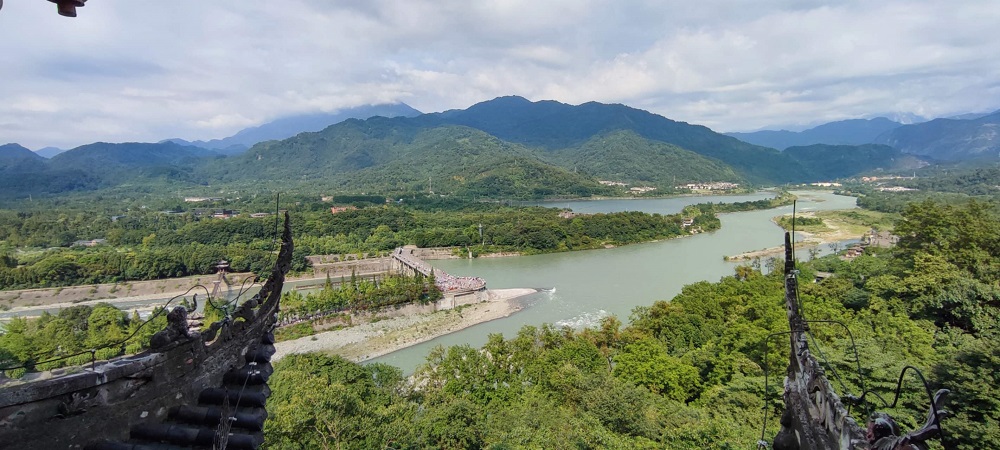
Dujiangyan is the oldest and only surviving no-dam irrigation system in the world. It is a unique development of Chinese science. The project consists of three important parts, namely Yuzui, Feishayan and Baopingkou scientifically designed to automatically control the water flow of the rivers from the mountains to the plains throughout the year.
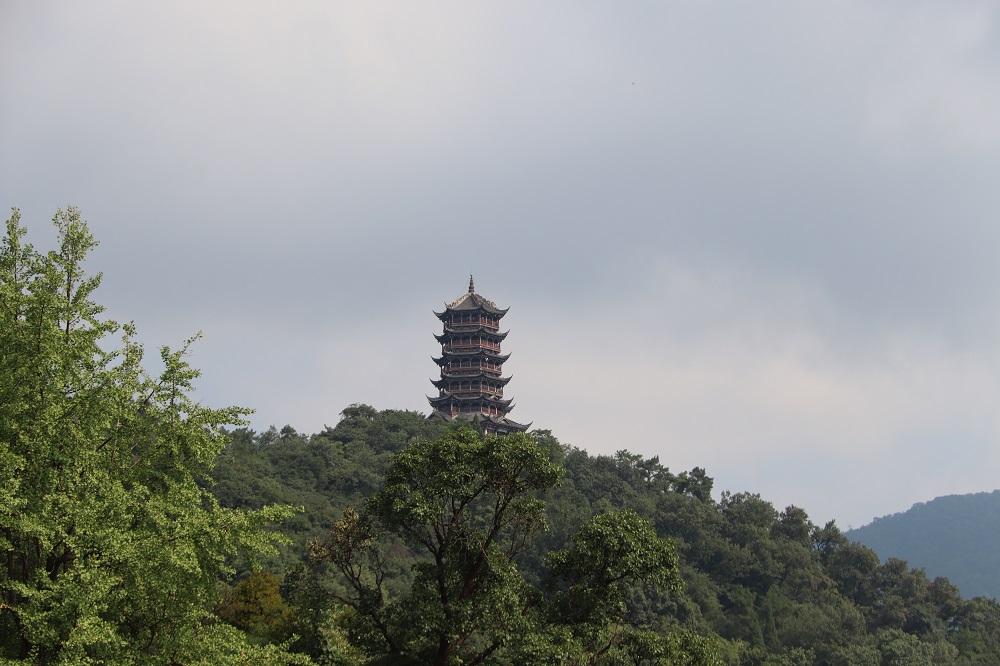
Yuzui, like a big fish lying in the Minjiang River, is a watershed dividing the river into two parts: Inner River and Outside River. Feisha Yan is a spillway that diverts the sand and stones of the inner river into the outer river. Baoping Kou, like a neck of a bottle, is used to bring water into the inner river from Minjiang. At the same time, Baoping Kou controls the amount of the intake water due to its reasonable location. These three parts interact with each other perfectly to form an effective water conservancy project. During the low-water season, 60% of the Minjiang water is brought into the inner river for irrigation while 40% of the water is drawn into the outside river. The situation is reversed in the flood season ensuring the water supply for irrigation and protection from flooding on the Chengdu Plain.

There is a magnificent bridge called the Anlan Cable Bridge crossing the Minjiang River above Yuzui, which is the most scenic place of the whole project. The construction of the bridge originally commenced before the Song Dynasty (960-1279). At that time, the body of the bridge was constructed with wooden blocks and the handrails were made of bamboo. Recently the wood and bamboo were replaced with steel and reinforced concrete to ensure the security of the visitors. Seen from afar, the bridge looks like a rainbow hanging over the river. From the bridge, you can clearly see the entire layout of the Dujiangyan Irrigation System.

There are also historical sites. Fulong Temple is said to be the place where Li Bing subjugated the evil dragon during the construction process. The stone statue of Li Bing caved in the Eastern Han Dynasty (25-220) is displayed in the front courtyard of the temple; is the earliest round sculptured stone statue in China. In the back courtyard of the temple, you can see the working principles of Dujiangyan Irrigation System replicated in an electric model of the irrigation system.

Erwang Temple is located on the mountain by the right side bank of the Minjiang River. It was built to commemorate Li Bing and his son by the ancient people. The temple retains the architectural style of the Qing Dynasty (1644-1911) and the whole environment here is quite serene and beautiful. Many Chinese characters depicting experiences of water control are engraved on the stone walls of the temple. In the Grand Hall, you can see the vivid statues of Li and his son, who are worshiped by the local people every day. Incense has never ceased to burn in the temple. For over twenty two hundred years, the people have held memorial ceremonies for Li and his son. Today, the main activities are the Temple Fair held from June 24th to June 26th in Chinese lunar calendar and the Releasing Water Festival on Tomb Sweeping Day.
Dujiangyan City is a county-level city in the northwest of Chengdu City, Sichuan Province, the People’s Republic of China. It is geographically located on the northwest edge of the Chengdu Plain where Minjiang River flows into the Chengdu Plain. Dujiangyan and Qingcheng Mountain, a holy place of Taoism, were included in the World Heritage Site in 2000. Dujiangyan is also one of the famous historical and cultural cities in China. Due to its proximity to the epicenter, Dujiangyan City suffered heavy losses in the 2008 Wenchuan Earthquake. After the earthquake, Dujiangyan City issued a comprehensive plan for post-disaster reconstruction. In 2009, the economy has recovered and exceeded the pre-earthquake level. In 2015, the GDP reached 27.538 billion, ranking third the added value of the industry is the mainstay.
Dujiangyan City, formerly known as Guan County, has a long history. In 1988, it was renamed Dujiangyan City as Dujiangyan City. The Dujiangyan Water Conservancy Project, built during the Warring States Period has played a role in flood control and irrigation for the Chengdu Plain and the Sichuan Basin for more than two thousand years.
Photo : @Ramesh Hatuwali




